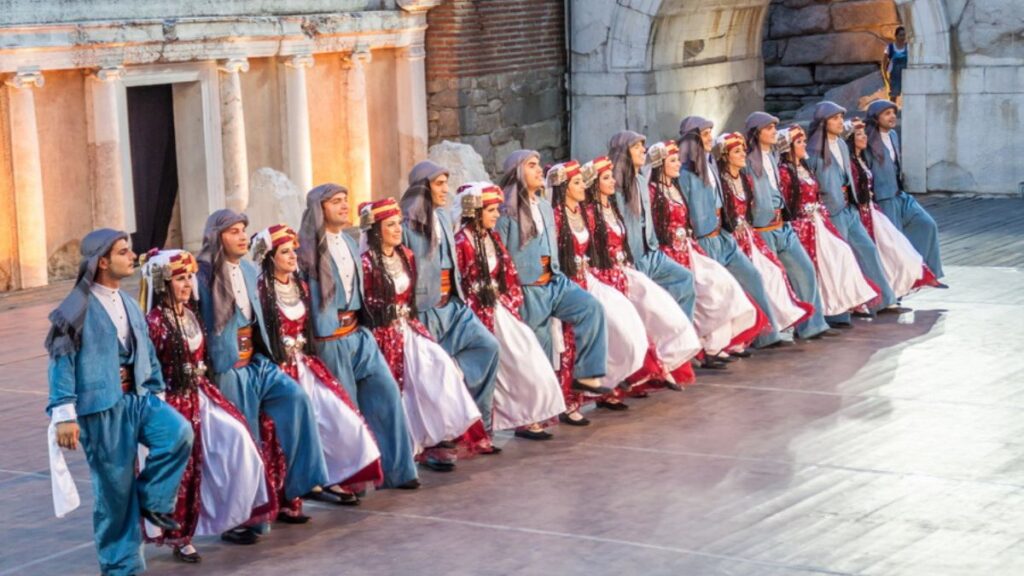Introduction to Türk İdla
Türk İdla is more than just a form of expression; it’s a vibrant thread woven into the fabric of Turkish identity. For centuries, this traditional genre has captivated hearts and minds, serving as both an art form and a means of storytelling. As we delve into its significance today, we uncover not only its historical roots but also how this timeless practice continues to resonate in modern society. From its rich heritage to contemporary reinterpretations, Türk İdla remains an essential part of Turkey’s cultural landscape—one that bridges generations and inspires creativity across various platforms. Join us on this exploration of Türk İdla’s enduring impact in our rapidly changing world.
Historical Background and Evolution of Türk İdla
Türk İdla has deep roots in the cultural heritage of Turkey. Its origins can be traced back to ancient nomadic traditions, where storytelling played a crucial role in preserving history and values.
As Turkish society evolved, so did Türk İdla. It transformed from oral narratives shared around campfires into more structured performances. The art form began incorporating musical elements, enhancing its emotional depth.
During the Ottoman Empire, Türk İdla gained prominence as a form of entertainment among various social classes. Poets and musicians would gather to showcase their talents, fostering a rich communal experience.
The 20th century ushered in modernization and globalization. While many traditional practices faded away, Türk İdla adapted by integrating contemporary themes and styles. This evolution ensured its survival while remaining relevant to newer generations.
Today, it stands not only as an art form but also as a symbol of resilience for Turkish identity amidst changing times.
The Role of Türk İdla in Traditional Turkish Society
Türk İdla held a cherished place in traditional Turkish society, acting as a bridge between generations. This art form was not just entertainment; it served as a vital means of social bonding.
In gatherings, whether at weddings or community festivals, Türk İdla captivated audiences with its storytelling prowess. The narratives often reflected the values and struggles of everyday life, connecting people to their roots.
The melodies and lyrics resonated deeply within communities. They conveyed emotions ranging from joy to sorrow, allowing listeners to engage on multiple levels.
Moreover, Türk İdla was instrumental in preserving folklore and history. Through songs passed down orally, cultural heritage flourished amid changing times.
This rich tradition fostered unity among diverse groups across Turkey’s vast landscape. It created shared experiences that transcended regional differences while fostering a sense of belonging.
Modern Adaptations of Türk İdla
Modern adaptations of Türk İdla reflect its evolving nature in contemporary culture. As society changes, so does the way Türk İdla is expressed and experienced.
Artists today are blending traditional themes with modern sounds. This fusion creates a fresh take that resonates with younger audiences. Digital platforms have further amplified this transformation, enabling artists to share their work globally.
Moreover, collaborations between Türk İdla musicians and pop or electronic artists have emerged. These partnerships breathe new life into the genre, attracting diverse fans who might not be familiar with traditional forms.
Social media has become a vital tool for promotion and engagement. Musicians now connect directly with listeners, fostering communities around Turkish Idla music.
This vibrant exchange keeps the essence of Türk İlda alive while allowing it to thrive in an ever-changing musical landscape. It’s a testament to how tradition can adapt without losing its core identity.
Controversies Surrounding Türk İdla
Türk İdla has not been without its share of controversies. As a traditional form of Turkish music, it often faces criticism regarding its authenticity and evolution over time. Some purists argue that modern adaptations dilute its cultural significance.
The blending of Türk İdla with contemporary genres raises eyebrows among traditionalists. They fear that this fusion jeopardizes the heritage associated with the art form. Critics often voice concerns about commercialization overshadowing genuine artistic expression.
Additionally, debates arise around regional variations and who holds the rights to define what constitutes “true” Türk İdla. These disagreements can lead to tensions within communities passionate about preserving their musical legacy.
Social media platforms have become battlegrounds for these discussions, where enthusiasts passionately defend or critique differing styles and interpretations. This ongoing dialogue indicates how deeply intertwined Türk İdla is with identity politics in Turkey today.
Impact on Contemporary Turkish Society and Culture
Türk İdla has woven itself into the fabric of contemporary Turkish society. Its melodies resonate in urban spaces, captivating a younger generation eager to explore their roots.
Social media platforms amplify its reach. Artists and musicians share innovative takes on traditional themes, bridging old narratives with modern sensibilities. This fusion encourages dialogue among diverse demographics.
Cultural festivals spotlight Türk İdla as a vital expression of national identity. These events foster community spirit and pride in heritage, reminding attendees of shared histories.
Moreover, Türk İdla influences fashion and visual arts. Designers draw inspiration from its motifs, creating pieces that celebrate both tradition and modernity.
As new interpretations emerge, they ignite conversations about cultural preservation versus innovation. The delicate balance reflects Turkey’s ongoing negotiation between past traditions and future aspirations within the global landscape.
Conclusion: The Continuing Relevance of Türk İdla in Modern Turkey
Türk İdla continues to hold significant relevance in modern Turkey, bridging the gap between past traditions and contemporary life. Its rich history reflects the resilience and adaptability of Turkish culture. As society evolves, Türk İdla adapts too, finding new forms that resonate with younger generations.
The traditional values embedded within Türk İdla are still appreciated today. They offer a sense of identity and belonging amidst rapid modernization. This cultural practice not only serves as entertainment but also fosters community ties and strengthens familial bonds.
While some controversies may arise regarding its place in today’s world, these discussions ultimately highlight its importance in Turkish society. In navigating issues such as globalization and cultural preservation, Türk İdla remains a vital part of the national conversation.
Thus, even as times change, elements of Türk İdla continue to inspire pride among Turks everywhere. The art form’s ability to evolve while maintaining its core essence ensures it will remain a cherished aspect of Turkey’s vibrant cultural landscape for years to come.





